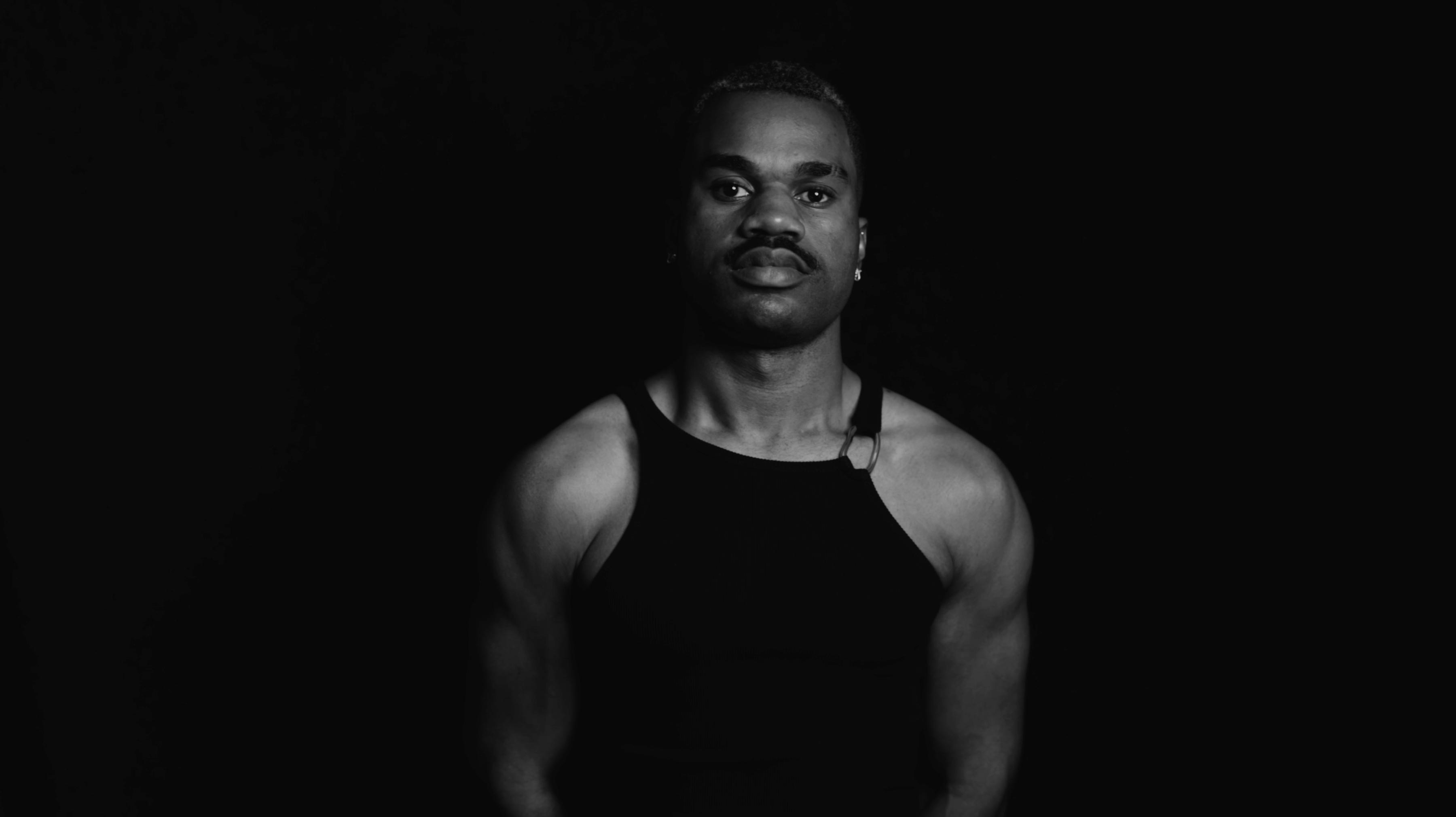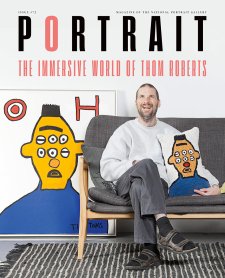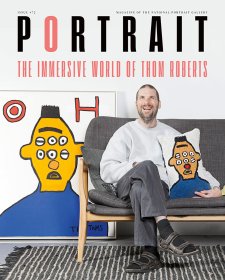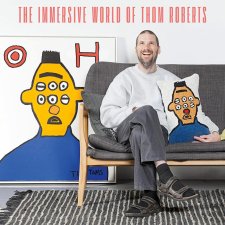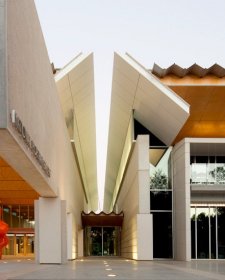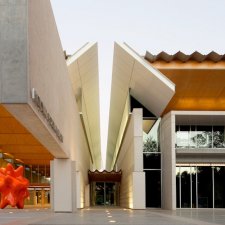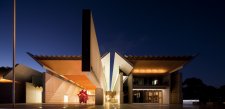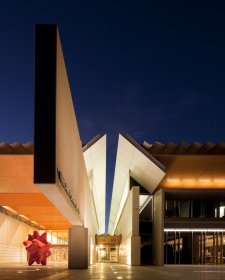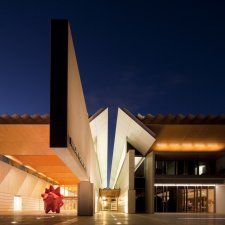I came to portraiture through a deep fascination with family albums and vernacular photography and films. Growing up, I was drawn to the intimate moments captured in these images – the way they documented not just individuals, but entire lineages and cultural narratives. This interest evolved into a desire to create my own visual mythology, one that informs and celebrates the Black body and experience in all its forms.
Portraiture, for me, is a powerful medium to explore the complexities of African-Black experience across the diaspora. It allows me to create an ever-expanding visual archive that speaks to the beauty, dignity and strength of Black people, while also challenging traditional representations and narratives associated with the genre.
As an artist whose practice bridges the realms of documentary and conceptual art through image-making, installation and performance, I am deeply committed to exploring the intricate layers of cultural practice, identity and embodied memory. My work is profoundly influenced by my personal history, environment and the rich tapestry of experiences that come from navigating diverse landscapes.
a most beautiful experiment is a moving image work that responds to artist Jean Depara’s documentation of Kinshasa’s nightlife in the 1960s after the Democratic Republic of Congo gained independence from Belgium’s colonial occupation. This work emphasises time not as linear and static but rather as cyclical and fluid, engaging themes of embodied memories where the past and present meet in an attempt to correct future memories.
I find it important to be responsible with the knowledge I share through my practice, as this greatly informs my praxis of care. I’m interested in the tension between the real and the imagined, the everyday and the magnificent. Put simply, relational accountability is the nexus of my practice.
Through portraiture, I’m able to explore intimacy, family, spirituality, history and cultural legacy in ways that I hope resonate deeply with viewers and challenge their perceptions and understanding of not just the Black body but their gaze on that body.
Portraiture, for me, is not just about capturing a likeness. It’s about revealing hidden grandeur, claiming space and asserting the dignity and complexity of Black lives both current and historic. It’s a form that allows me to engage with history while simultaneously imagining new futures.
